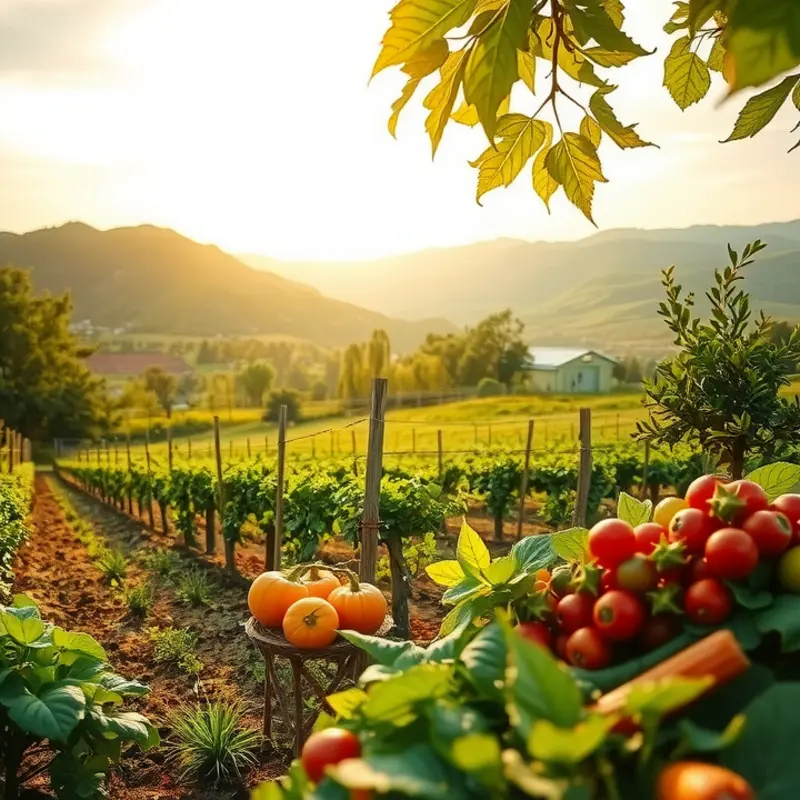Iron is an essential mineral that plays a critical role in your overall health. It helps carry oxygen in the blood, supports immune function, and is vital for energy production. As health-conscious adults, understanding iron-rich foods can empower you to make informed dietary choices that enhance your nutrition and well-being. This guide presents a curated list of iron-dense foods, along with tips on how to incorporate them into your diet effectively.
Understanding Iron: Types and Benefits

Iron is an essential mineral that plays pivotal roles in the body. It’s integral to various processes, most notably the formation of hemoglobin, a protein in red blood cells responsible for transporting oxygen. Maintaining adequate iron levels in your body ensures energy, supports immune function, and contributes to overall health.
There are two types of dietary iron: heme and non-heme iron. Heme iron is derived from hemoglobin and is predominantly found in animal products such as red meat, poultry, and fish. Non-heme iron, on the other hand, is present in plant-based foods like beans, lentils, and spinach. The key difference between these two types lies in their bioavailability, or how well the body can absorb them. Heme iron boasts a higher absorption rate than non-heme iron, making it a more efficient source for increasing iron levels.
For those following plant-based diets, understanding how to enhance non-heme iron absorption is crucial. Consuming vitamin C-rich foods like oranges, bell peppers, and broccoli alongside plant-based iron sources can significantly improve absorption. Additionally, cooking methods, such as using cast iron cookware, can increase the iron content of meals. For more tips on easy plant-based eating, you can explore this guide on plant-based eating.
The Recommended Dietary Allowance (RDA) for iron varies, depending largely on age and gender. Adult men generally need about 8 milligrams per day while women, who require more due to menstrual losses, need about 18 milligrams. These needs increase during pregnancy to support fetal development. In situations where dietary intake falls short, individuals may be susceptible to iron deficiency, leading to symptoms like fatigue, weakness, and compromised immune function.
Understanding these distinct types of iron and their benefits empowers you to make informed dietary choices. By including both heme and non-heme iron sources in your diet, you can better ensure that your body meets its essential iron needs. Recognizing the unique nutrient requirements of specific diets, like plant-based diets, will also help maintain energy levels and support immune health efficiently.
Top Iron-Rich Foods You Should Include

Iron is a critical nutrient in our diets, necessary for producing hemoglobin and supporting metabolism. Integrating diverse sources of iron into your meals can greatly enhance your overall well-being. Here, we delve into a variety of iron-rich foods you should consider adding to your diet.
Animal-Based Sources
The most bioavailable form of iron is heme iron, predominantly found in animal-based foods. Red meat, particularly beef and lamb, is rich in iron and highly effective in boosting iron levels. Poultry and fish such as turkey and sardines also provide accessible heme iron.
If you’re mindful of cholesterol levels, liver can be an excellent option. It is not only high in iron but also packed with vitamin A. While incorporating these foods, try combining them with vitamin C-rich vegetables, such as bell peppers or broccoli, to enhance iron absorption.
Plant-Based Sources
Leafy greens, such as spinach and kale, are standout choices, offering substantial non-heme iron. While non-heme iron isn’t absorbed as efficiently by the body, pairing these greens with citrus fruits or tomatoes can increase uptake. Opt for steaming or lightly sautéing these greens to preserve their nutritional profile while making the iron more bioavailable.
Legumes, including lentils, chickpeas, and beans, are iron powerhouses and great for plant-based eaters. For a delightful twist, incorporate them into salads, soups, or stews. A squeeze of lemon juice can enhance the body’s ability to absorb iron from these legumes.
Nuts and Seeds
Among nuts and seeds, pumpkin seeds, and almonds are notable for their iron content. Enjoy them raw, roasted, or in butters for a nutritious iron-rich snack. These can be easily added to breakfasts like oatmeal or yogurt bowls for an energizing start to the day.
Lesser-Known Superfoods
Quinoa, an ancient grain, is a complete protein and packs significant iron. Use it as a base for salads or side dishes. Pair it with roasted vegetables or sprinkle with fresh herbs for added flavor and appeal. Similarly, blackstrap molasses, though less common, is a sweet option that can be swirled into smoothies or used to sweeten dishes while upping iron intake.
Incorporation Tips and Cooking Strategies
To maximize iron absorption, consider meal planning strategies. Preparing meals that include a combination of these diverse sources can help maintain robust iron levels. Consult this minimal prep dinner ideas resource for inspiration on integrating iron-rich foods into effortless meals.
Additionally, avoid drinking tea or coffee with meals as tannins can inhibit iron absorption. Instead, opt for herbal infusions that complement your culinary choices. Regularly rotating iron-rich foods allows you to enjoy both variety and nutritional adequacy in your diet. Above all, consistency is key, and with these tips, you’re well on your way to fueling wellness through thoughtful nutrition.
Final words
Incorporating iron-rich foods into your diet is essential for maintaining your health and energy levels. By understanding the different types of iron and exploring various food sources, you can make informed choices that support your nutritional needs. Remember that pairing iron-rich foods with vitamin C options can significantly enhance absorption, so don’t hesitate to get creative in the kitchen. Prioritize your dietary choices today for a healthier tomorrow, fueling both your body and mind with the necessary nutrients.







